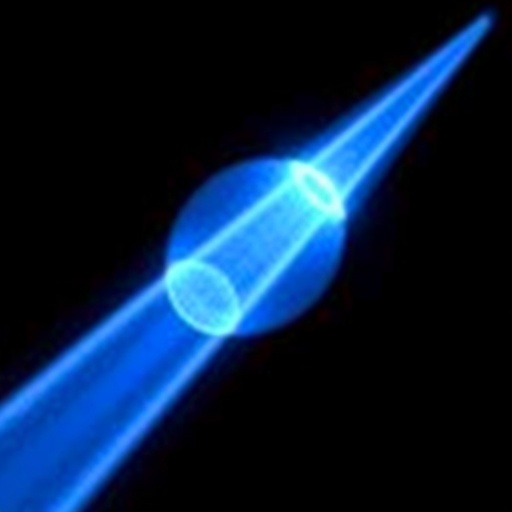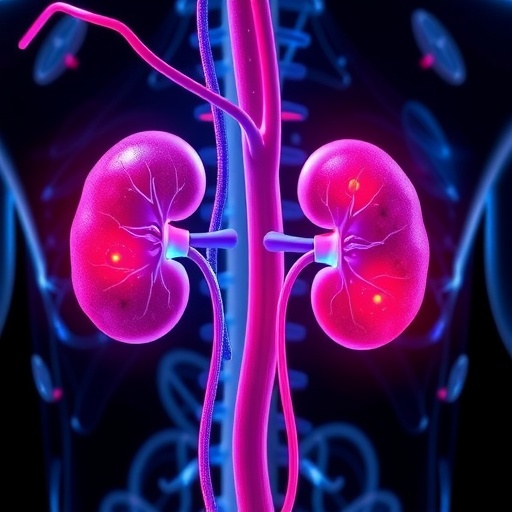Nuclear imaging technology is revolutionizing the landscape of biomedical research and clinical diagnostics by enabling non-invasive observation of radiolabeled compounds in vivo. This powerful imaging modality boasts exceptional sensitivity and virtually limitless penetration depth, allowing researchers and clinicians to probe the biodistribution of therapeutics with unprecedented detail. By harnessing the distinctive properties of radioactive tracers, nuclear imaging can yield critical insights into the pharmacokinetics, biodistribution, and stability of drug molecules within live biological systems.
The ability to visualize how compounds move and behave in the body holds great promise for enhancing our understanding of drug actions and interactions. This knowledge is vital for the development of new therapeutic strategies that target complex diseases, from cancer to neurodegenerative conditions. Currently, the insights gained from nuclear imaging are fundamental for assessing the efficacy of drugs as they advance through various stages of clinical trials. However, despite its strengths, the field of nuclear imaging is hindered by its reliance on single-tracer studies or the sequential examination of different probes.
Single-tracer studies limit researchers to analyzing one compound at a time, which may not accurately reflect the complex interactions occurring in biological systems. Simultaneous tracking of multiple radiotracers could vastly improve our comprehension of cellular dynamics and metabolic processes. It would provide a more holistic view of how different drug compounds interact at various biological levels. The direct correlation of various therapeutic agents and their mechanisms of action could potentially lead to more effective treatments and optimized patient care.
Researchers are excited about new and emerging strategies that promise to break the barriers of single-tracer limitations. Ongoing advancements in technology have paved the way for novel methods of multiplexed imaging. The integration of innovative detection systems and sophisticated radiolabeling techniques has resulted in a variety of multi-tracer approaches being explored. Such advancements could allow for simultaneous visualization of multiple molecular targets, which is critical for understanding complex biological processes that are often interconnected.
Recently, scientists have proposed using advanced imaging systems that combine different modalities, such as positron emission tomography (PET) and magnetic resonance imaging (MRI), to provide complementary information. By simultaneously assessing metabolic activities through PET and structural features via MRI, researchers can gain a more comprehensive view of biological events. The merging of these imaging technologies could provide invaluable insights into disease evolution and treatment response, ultimately leading to personalized therapeutic approaches.
Another notable development involves the design of novel radiotracers that can be detected simultaneously due to their unique properties, such as different decay pathways. This will allow multiple studies to be performed concurrently, facilitating a better understanding of the interactions between drugs, biological pathways, and cellular environments. The potential for rapid experimental cycles could accelerate drug discovery and validation processes, contributing significantly to the advancement of precision medicine.
Furthermore, the application of artificial intelligence and machine learning algorithms is expected to enhance the processing and interpretation of data obtained from multiplex nuclear imaging techniques. Using AI, researchers can analyze large volumes of data to identify complex patterns and relationships that would be impossible to detect manually. This integration of advanced computational methods into nuclear imaging studies signals a new era of data-driven insights that can transform how we understand drug interactions in living systems.
Despite the promise of multiplex nuclear imaging, challenges remain. The development of optimal protocols for probe design, imaging acquisition, and data analysis is ongoing, as is the need for standardization within the field. Regulatory hurdles may also impact the widespread adoption of multiplex imaging technologies in clinical settings. Nevertheless, the potential benefits of enhanced imaging capabilities are significant enough to drive continued research and investment.
As the clinical feasibility of multiplexed radionuclide imaging strategies continues to evolve, implications for patient care and treatment monitoring could be transformative. Real-time imaging of multiple biological processes within an individual could provide insights into how their unique biology responds to therapeutic interventions. This level of personalized medicine could lead to optimized treatment regimens, improved efficacy, and potentially reduced side effects.
The integration of multiplexed nuclear imaging into routine clinical practice could revolutionize disease diagnosis and management, providing clinicians with comprehensive information to support decision-making processes. As researchers clarify the potential of this technology, they will need to work closely with regulatory bodies to ensure patient safety while realizing the immense therapeutic potential.
In summary, the field of nuclear imaging stands at a significant crossroads. With advancements in technology, radiochemistry, and data analysis, multiplexed imaging of radionuclides is poised to unlock new frontiers in our understanding of human biology and treatment strategies. As this field evolves, we can anticipate a future where the complexity of disease and treatment response is captured in real time, enabling more precise and effective healthcare interventions.
Through the exploration of these sophisticated imaging techniques, nuclear imaging can enhance its role as a vital tool not just in the laboratory, but also in the clinical setting. This is ultimately expected to lead to improved outcomes and quality of life for patients facing various health challenges. As researchers continue to innovate and refine these technologies, the full potential of multiplex nuclear imaging will soon become a remarkable reality.
Subject of Research: Multiplexed imaging of radionuclides
Article Title: Multiplexed imaging of radionuclides
Article References:
Soultanidis, G., Herraiz, J.L., Fayad, Z.A. et al. Multiplexed imaging of radionuclides. Nat. Biomed. Eng 9, 993–1006 (2025). https://doi.org/10.1038/s41551-025-01406-8
Image Credits: AI Generated
DOI: https://doi.org/10.1038/s41551-025-01406-8
Keywords: Nuclear imaging, radiolabeled compounds, pharmacokinetics, biodistribution, drug interactions, multiplexed imaging, precision medicine, artificial intelligence, machine learning.
Tags: advanced imaging modalitiescancer diagnostics and treatmentsclinical trial efficacy assessmentdrug development strategiesmultimodal imaging techniquesNeurodegenerative disease researchnon-invasive biomedical researchNuclear imaging technologypharmacokinetics and biodistributionradioactive tracers in medicineradiolabeled compounds in vivosimultaneous tracking of radiotracers





